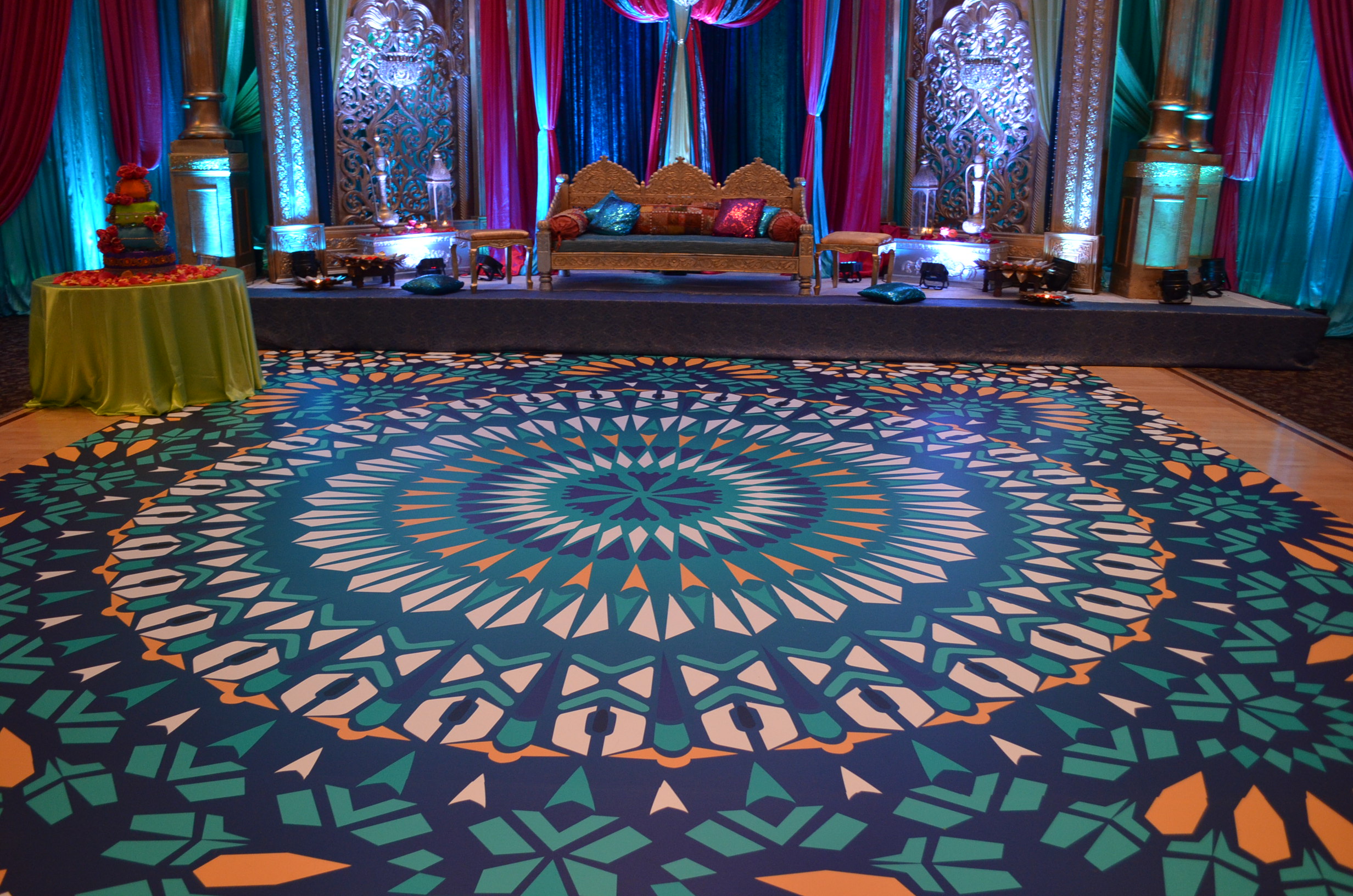Exploring the Benefits and Disadvantages of Wood and Synthetic Dance Surface Materials for Optimal Functionality and Aesthetics
When it pertains to selecting the appropriate dancing floor material, wood and vinyl are two common options that performers and studio proprietors often evaluate. Each material has its own unique advantages and disadvantages that can influence performance, safety, and visual appeal. Understanding these variations is essential for arriving at an educated decision that satisfies the needs of dancers and improves the general environment in a dance studio or showcase area.Wood dancing surfaces are often preferred for their classic look and texture. They provide a natural surface that can absorb impact, which is advantageous for dancers who perform intense actions. The flexibility of wood helps minimize the chance of injuries, such as twists and stresses, by offering a supportive surface. Additionally, wood surfaces can be refinished, enabling them to maintain their appearance over time. This durability makes them a long-term asset for dance spaces. However, timber surfaces can be more costly to set up and maintain compared to vinyl options, and they may require consistent maintenance to prevent bending or damage from humidity.
On the other hand, synthetic dance floors offer a variety of benefits that make them attractive to many dance spaces. One of the primary benefits of vinyl is its cost-effectiveness. Synthetic surfaces is generally more affordable to purchase and set up than timber, making it a budget-friendly choice for spaces. Furthermore, synthetic is available in a wide range of colors and designs, allowing for greater personalization to align with the style of the area. Synthetic surfaces are also simpler to clean and upkeep, as they are resistant to marks and water. However, some performers may discover that vinyl does not provide the same level of impact cushioning as wood, which could lead to unease during extended rehearsal sessions.
Another crucial consideration to evaluate is the kind of dancing being performed. Different dance styles may demand distinct floor surfaces for optimal performance. For example, classical ballet performers often prefer wood floors because they offer a solid surface for turns and jumps. In contrast, styles like hip-hop or jazz may gain from the non-slip features of synthetic. It is essential for dance studio proprietors to consider the primary dancing genres taught in their studio when choosing a surface material. This consideration can help ensure that dancers have the best possible experience while practicing and executing.
Visual appeal also play a major role in the choice process. Wood floors are often associated with sophistication and tradition, making them a popular option for formal dance studios and theaters. The organic grain and warmth of wood can establish a welcoming environment that enhances the general experience for both dancers and audiences. Conversely, synthetic floors can be crafted to mimic the appearance of timber or other materials, offering a contemporary and stylish appearance. The choice between wood and vinyl can ultimately click depend on the intended ambiance of the space and the impact that dance studio owners want to create.
In conclusion, both wood and vinyl dance floors have their own set of benefits and disadvantages that can impact performance and visual appeal. Wood surfaces provide longevity, shock cushioning, and a traditional look, while synthetic surfaces offer affordability, ease of maintenance, and styling flexibility. The decision between these materials should be based on the particular needs of the performers, the kinds of dancing being taught, and the overall concept for the studio. By carefully considering these factors, dance studio proprietors can create an environment that supports optimal execution and improves the pleasure of dance for everyone participating.
